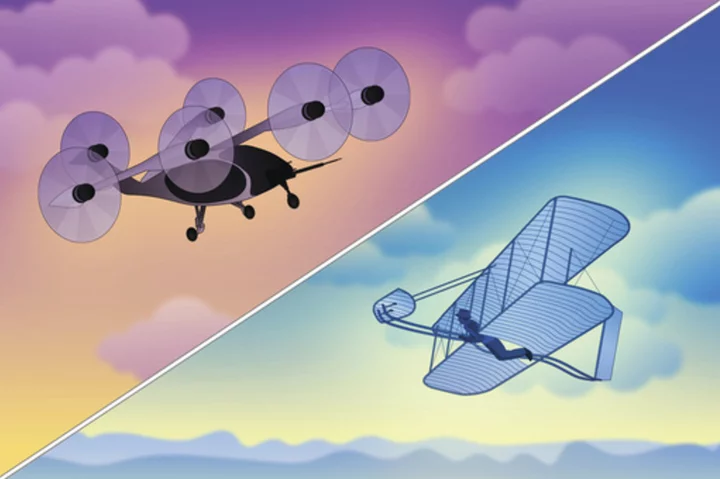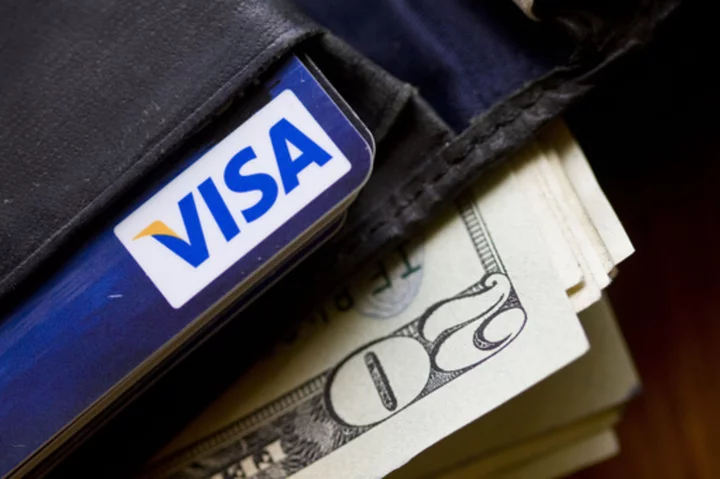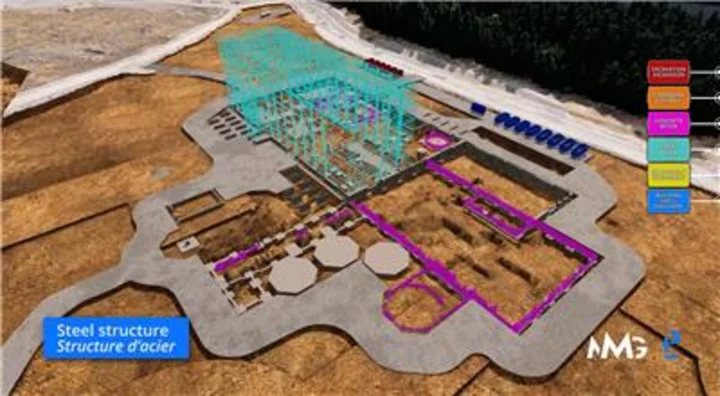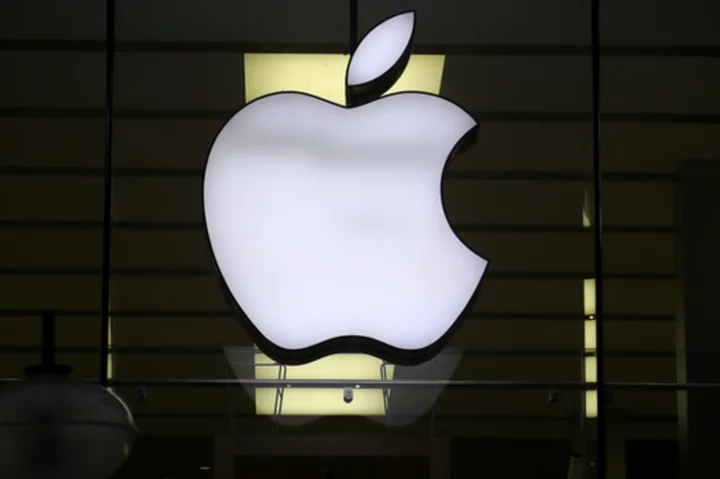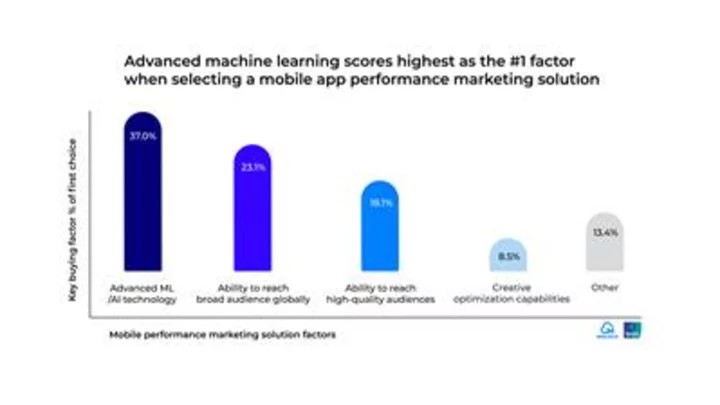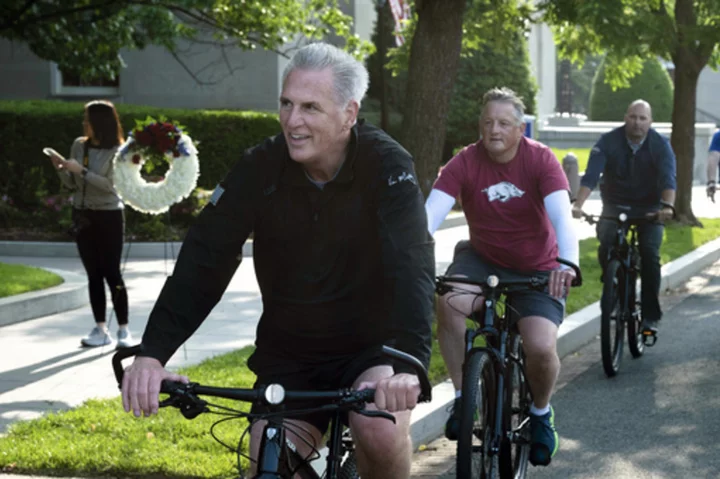The notion that hundreds or even thousands of electric-powered air taxis could be whisking people over jammed roads is inching away from science fiction and closer to reality.
Battery technology is improving enough for eVTOLs – short for electric vertical takeoffs and landings, the name given to these aircraft that can act like helicopters near the ground but fly like small planes. The bigger question may be whether there is a profitable business in producing them.
JoeBen Bevirt is an evangelist for the new industry and the founder and CEO of Joby Aviation Inc., which delivered its first eVTOL to the Air Force last month. Bevirt insists that his Santa Cruz, California-based company, whose largest shareholder is Toyota (11%), can meet an ambitious target of entering commercial air taxi service in 2025.
Like other eVTOL startups, Joby is losing money — more than $400 million in 2021-2022. Analysts don’t know when, if ever, it will be profitable.
Bevirt spoke to The Associated Press. His comments have been edited for length and clarity.
Q. Why eVTOLs? We’ve already got helicopters.A. This has been my dream since I was a little boy. I wanted a better way for people to be able to get from A to B. In college (in 1993 at the University of California, Davis) I became convinced that electric propulsion was the way to make these aircraft sufficiently quiet, but at that point batteries didn’t have the specific energy we needed. I came back to it 15 years ago and founded Joby Aviation once batteries had matured.
Q. You founded Joby in 2009. What were your goals?A. The first was to build an aircraft that was dramatically safer, was dramatically quieter, and that had operating economics that would make this a viable daily mode of transportation. And we’re very, very pleased with the progress we’ve made on delivering on those metrics.
Q. Are people eventually going to own these and park them at their home?A. I would like to see this be a mode of transportation that’s accessible for people to use for a large percentage of the trips that they take. The progression from something that you’re using occasionally -- like you would use a taxi -- to something that’s more and more regular, we’ll see how long that takes. I actually think it’s better to have a shared model where you’re able to increase utilization. And you don’t have a capital asset that’s tied up for just a single user.
Q. So consumers aren’t going to be responsible for maintaining an aircraft?A. That’s one of the beautiful things about the air taxi model. You can think about it similarly to when you hail a taxi or an Uber. Your goal is to get from A to B. As the operator, Joby’s role is to get you there as quickly and conveniently as possible.
Q. You plan to start with dedicated landing areas. Could these eventually take off and land in neighborhoods?A. This is something we’ve worked on and has been a passion of mine since the very founding of the company — making an aircraft which is quiet enough to fit in the places where people want to go, something that sounds more like a whoosh that blends in the background than the whop-whop of a helicopter or the high-pitched whine that people associate with a drone or a small airplane. At 1,000 feet it is less than 45 decibels, so it’s below the background noise level of most cities.
Q. When these go into service, how much is a ride going to cost?A. Moving from maybe a little north of $5 a mile down below $5 a mile over the launch period.
Q. How is that possible, and don’t eVTOLs have to get bigger to bring down the per-passenger cost?A. It really comes down to utilization. The more of the seats that you’re selling, the lower the cost per passenger, and the more hours per day the aircraft is flying, the lower the cost per passenger. (That will require making) the takeoff and landing locations and the overall experience compelling enough that we’re seeing a significant volume of people using it many hours per day.
Q. You delivered your first aircraft to Air Force. What will you learn from how the Air Force uses it?A. The first piece is on pilot training. We’re going to need to bring on large numbers of pilots, so building up that capability and those processes are really valuable. The next piece that we’ve also accomplished is building the infrastructure. And then the next piece is on the operations and building up the cadence, just getting good at operating the aircraft on a regular basis.
Q. Will this help with your effort to get Federal Aviation Administration certification for commercial use?A. There will certainly be valuable learnings and the operational experience, the feedback from the Air Force pilots to the FAA flight-test pilots.
Q. You’re in the third of five phases of FAA certification. How is that going?A. We have submitted all of our area-specific certification plans on stage three, and the FAA is making fantastic progress on approving those. Once those get approved it unlocks a big chunk of work that we’re able to submit to the FAA in preparation for stage four.
Q. What is the biggest hurdle you face to getting certification?A. The big hurdle that lies between here and the finish line is a mountain of work of testing every single component and system for credit, whether that’s environmental testing or structural testing. We’re making fantastic progress on it. We’re knocking them down one by one, but there is lots and lots of work to do.
Q. Can you get fully certified and launch commercial service in 2025?A. Our goal is absolutely still to achieve commercial service in 2025, and given the progress we’re making on certification and the progress we’re making on the manufacturing front, we’re excited to just be day after day knocking down the milestones.
Q. So you’re saying sometime in 2025 is still doable?A. For our commercial service? Yes.
Q. Last year one of your (pilotless) prototype aircraft crashed in California. Has that changed anything in your design?A. That is still in an ongoing investigation with the NTSB (National Transportation Safety Board), and so I can’t comment on it, but I can say that we are extremely confident in the design of our aircraft.
Q. Joby announced in September that you’re going to build a $500 million production facility in Dayton, Ohio, with up to $325 million in state and local incentives. Why there?A. It’s really exciting -- the birthplace of aviation. Dayton specifically is where the Wright brothers got going, and it has an incredible aviation heritage. You’ve got Wright-Patterson Air Force Base, which is the home of the Air Force Research Laboratory and AFWERX (the Air Force’s technology-innovation program). Ohio is the largest supplier of parts for Boeing and Airbus, so there’s a deep manufacturing bench there.
Q. You’ve been involved with a series of technology companies. Any plans beyond Joby?A. I’m very passionate about sustainable aviation and am very excited about what electric ... propulsion can mean for aviation sustainability writ large.

